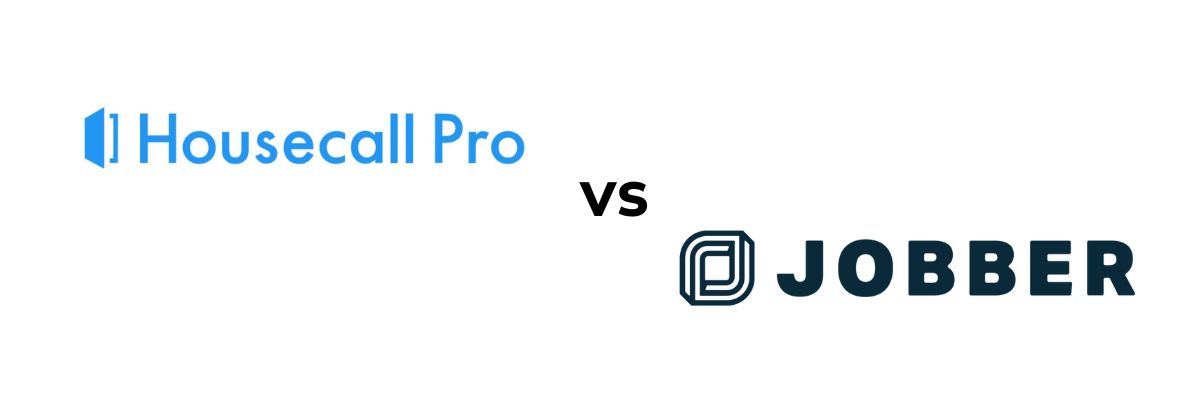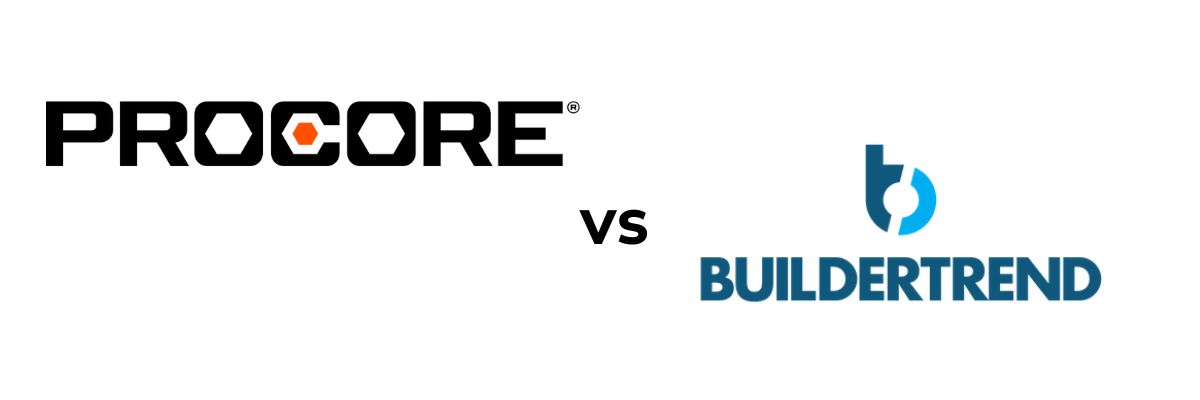As businesses seek to expand their online presence and connect with new customers, digital marketing platforms like Angi (formerly Angie’s List) offer tools designed to boost visibility and generate leads.
Angi Ads and Angi Leads represent two distinct approaches to advertising and lead generation on the Angi platform. Both offer valuable opportunities for home service professionals, but they differ in terms of control, pricing, targeting, and effort required.
Angi Ads is an advertising platform where businesses can create and manage their own promotional campaigns on Angi’s website and app. This gives businesses direct control over their advertising strategy, allowing them to target specific customer segments and tailor their campaigns to meet precise objectives.
In contrast, Angi Leads is a more passive lead generation service. With this option, Angi collects and delivers potential customer leads directly to businesses based on matching their services and location. Businesses pay for each lead, with pricing based on the volume and relevance of the leads received.

Key Differences Between Angi Ads and Angi Leads
Though both Angi Ads and Angi Leads can help businesses attract more clients, they serve different functions and require different approaches to management. Below are the primary differences between these two services:
1. Control and Management
Angi Ads: Businesses have much more control over their advertising campaigns. They can manage ad copy, targeting parameters, and budget allocation. With this approach, businesses can fine-tune their marketing strategy to focus on specific audiences, services, or regions. This makes Angi Ads more suitable for companies that want a hands-on approach to their marketing efforts and have the time and resources to optimize their campaigns.
Angi Leads: On the other hand, Angi Leads provides a more hands-off experience. Businesses receive leads that have been pre-filtered by Angi’s algorithms, but they have less control over who is targeted. While businesses can specify their service offerings and geographic range, they don’t manage individual campaigns in the same way as with ads. This option works well for companies that prefer to focus on servicing clients rather than managing marketing campaigns.
2. Pricing Models
Angi Ads: The cost structure for Angi Ads is typically based on ad spend. Businesses set a budget for their campaigns, and Angi charges them based on clicks, impressions, or other engagement metrics. This gives businesses the flexibility to scale their advertising spend up or down based on performance.
Angi Leads: With Angi Leads, businesses are charged for each lead they receive. The pricing is tied directly to the number of potential clients delivered by Angi. This pay-per-lead model allows businesses to predict their costs based on lead volume but can lead to variable costs depending on the number of leads Angi generates.
3. Targeting Capabilities
Both Angi Ads and Angi Leads offer targeting options, but the specificity and control over targeting differ.
Angi Ads: Businesses can precisely target specific demographics, behaviors, and service areas, ensuring that their ads are displayed to the most relevant audiences. This detailed targeting makes Angi Ads a great choice for businesses looking to reach niche markets or promote specific services.
Angi Leads: With Angi Leads, targeting is largely managed by Angi’s algorithm. The platform matches leads with businesses based on factors like location and service type, but businesses have less control over which potential clients are being targeted. This can result in a more generalized approach, which may or may not align perfectly with a business’s specific marketing goals.

4. Effort Required
Angi Ads: This option requires ongoing management and optimization. Businesses need to actively monitor performance, adjust their budgets, and refine targeting to achieve the best results. For those with the resources to do so, this can lead to highly effective and cost-efficient campaigns. However, businesses that don’t have the capacity to manage ads may find this option too time-consuming.
Angi Leads: Angi Leads requires less hands-on management. Since the platform automatically delivers leads to businesses, there’s no need to actively manage campaigns. However, businesses will need to respond to leads quickly, as competition among contractors on the platform can be fierce. A slow response can result in lost opportunities, so businesses must ensure they have systems in place to handle incoming leads efficiently.
5. HVAC and Roofers
When comparing Angi Ads vs. Angi Leads for HVAC and roofing lead generation, businesses can use Angi Ads to boost their visibility through targeted ads, ensuring their services reach the right local audience. On the other hand, Angi Leads delivers direct, pre-qualified leads specific to HVAC and roofing services, allowing contractors to focus on converting these opportunities into customers without actively managing campaigns.

Which Option Is Best for Your Business?
Choosing between Angi Ads and Angi Leads depends on several factors, including your business model, resources, and marketing goals. Besides Angi, there are many other websites similar to it for lead generation, such as HomeAdvisor, Thumbtack, and Houzz, which also connect homeowners with professionals in industries.
Below are some considerations to help you make the right choice:
- For businesses looking for greater control over their marketing efforts: Angi Ads may be the better option. It allows businesses to customize their campaigns and target specific customer segments. If your business has the time and resources to manage ads, this approach can yield higher returns by reaching the right audience with tailored messaging.
- For businesses that prefer a more passive approach: Angi Leads might be a more suitable choice. With less hands-on management required, businesses can focus on servicing their clients while Angi handles the lead generation process. However, businesses should be prepared to respond to leads quickly to maximize conversion rates.
- Budget considerations: Businesses with a flexible marketing budget might prefer Angi Ads, as they can adjust their spending based on performance. Those with a more fixed budget may benefit from Angi Leads, where costs are tied directly to the number of leads generated.
- Industry-specific factors: Home service businesses that rely on a steady stream of leads may find Angi Leads to be more beneficial, as it delivers potential customers directly to them. Conversely, businesses that offer niche or highly specialized services may find that Angi Ads offers more precise targeting capabilities, ensuring their message reaches the right audience.
Conclusion: Angi Ads vs. Angi Leads for Your Marketing Strategy
Both Angi Ads and Angi Leads can be valuable tools for businesses looking to increase their online presence and generate new clients. Angi Ads offers more control, customization, and specific targeting, making it a good option for businesses that are able to invest in campaign management. Angi Leads provides a more passive approach, delivering potential clients directly to businesses, which can be a great solution for companies that prefer less hands-on marketing.
Ultimately, the best option depends on your business’s goals, resources, and the type of service you offer. Many companies find that a combination of both services helps them achieve their marketing objectives, using Angi Ads to build brand awareness and Angi Leads to secure a steady flow of new clients.
For digital marketing companies such as 7ten Digital Marketing, understanding the strengths and weaknesses of each option allows them to create tailored strategies for their clients, maximizing the return on investment and ensuring that the home service sector professionals thrive in a competitive marketplace.
Related Posts

Housecall Pro vs. Jobber: Which Is Right For You?
Learn More
Procore vs. Buildertrend: A Complete Comparison
Learn More
